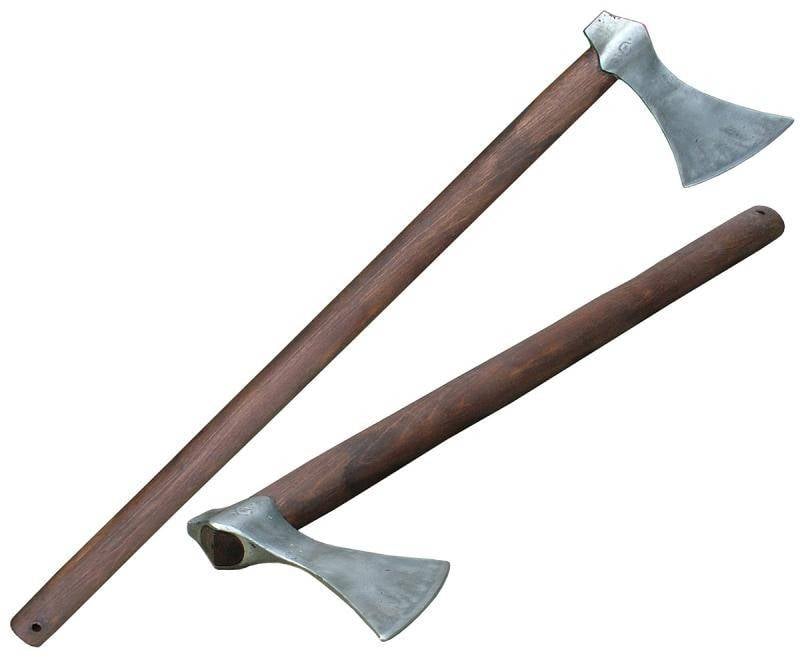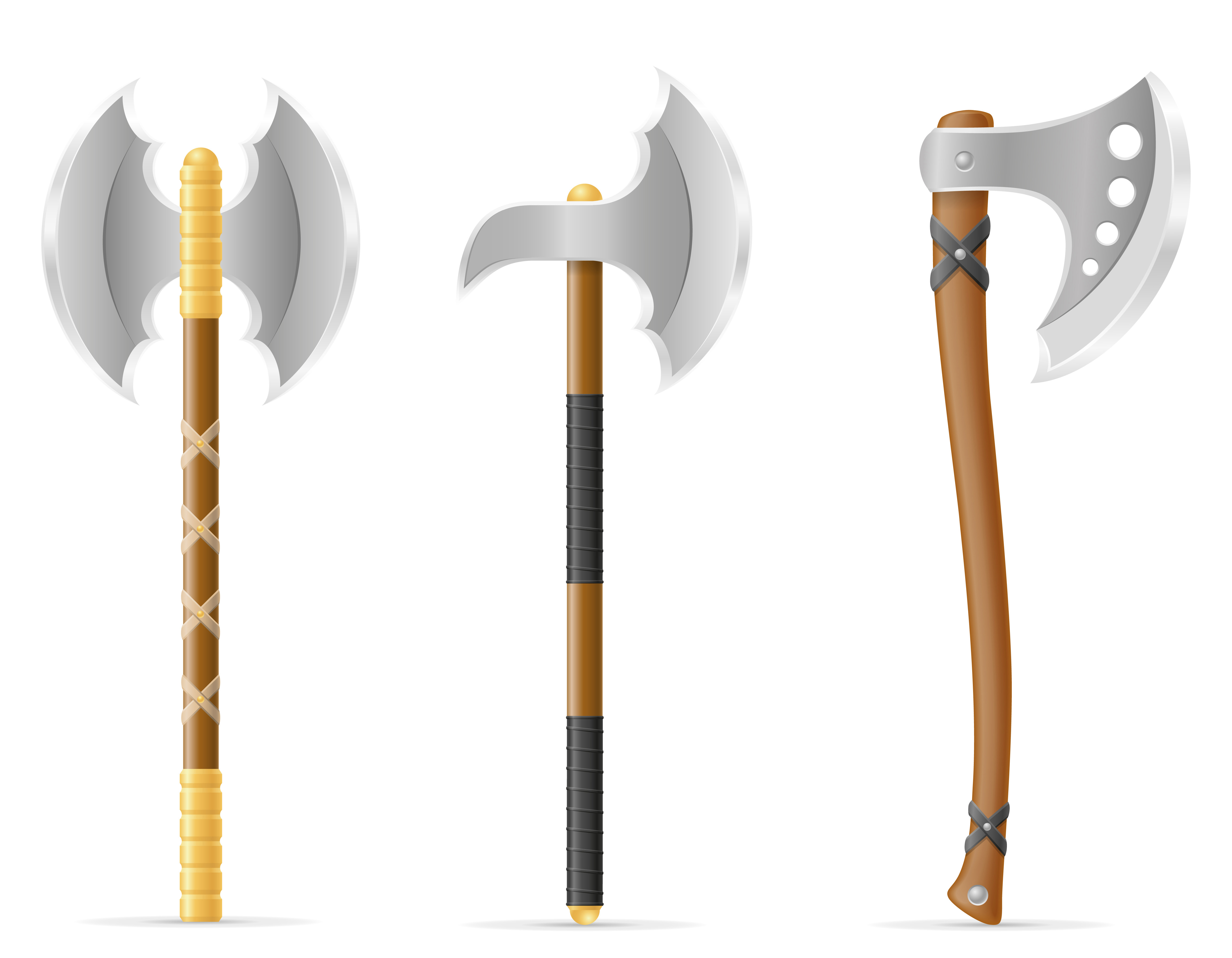

It’s easy to visualize how this development might have occurred: after reaching the Baltic, these peoples might have sailed over to Scandinavia, where through partial isolation they would have developed a culture slightly different to the original Corded Ware. Its origin lies in the Corded Ware culture. The Battle Axe culture slowly formed in the southern regions of the Scandinavian Peninsula, around 2,800 BC. ( Jonas Karlsson / Östergötlands Museum ) Researchers used genomic DNA extracted from the skeletal remains of a male individual associated with the Neolithic Battle Axe culture to try to understand the genomic ancestry of the Scandinavian culture and its relationship to the broader Corded Ware culture. Through these migrations a new world was created that would come to reshape the course of history. Thus, as the Corded Ware culture spread eastwards and northwards, it displaced the Proto-Indo-European populations of Europe and brought with it a new language and advanced technology. It emerged as an offshoot of the Yamnaya culture, which today is considered to be the source of the Proto-Indo-Europeans and their language. In historic and archaeological terms, the Corded Ware culture is crucial. At its height it spanned most parts of Central, Northern, and Eastern Europe. One characteristic aspect of the Corded Ware culture is the great swath of land over which it spread.

It emerged in the very late Neolithic (late Stone Age), flourished in the Copper Age, and declined in the early Bronze Age. The latter is considered to be one of the most crucial archaeological horizons of Europe. The Battle Axe Culture is considered an offshoot of the broader Corded Ware culture. ( Wolfgang Sauber / CC BY-SA 4.0 ) Ancient Origins of the Battle Axe Culture Neolithic boat axe from Boberow, at the Archaeological Museum of the state of Brandenburg in the Stone Age Gallery. But what was their relationship with the native inhabitants of these regions? And did the Battle Axe Culture define the future of Germanic peoples? Let’s try and find out!

Slowly spreading northwards and reaching the shores of Scandinavia, this culture brought with it many innovations and new cultural traits that were iconic of the Indo-Europeans. Understanding the enigmatic secrets of the Battle Axe culture, which thrived in the coastal areas of southern Scandinavia and is considered to be one of the most important and most intriguing Chalcolithic cultures of Europe, can help us better understand the Indo-European migration and the replacement of Old European cultures. Reaching so far back into time in the hope of piecing together a detailed picture is a task that involves decades of dedicated work. Glass Size: 11"x17" (Larger sizes available by request)įrame width: 2.Peering into the development stages of the Neolithic cultures of Old Europe has always been a challenging task for archaeologists and scholars. Crafted by Master Glass Artisan Billy Healy with intricate details, polished, and hand-embellished with our signature multicolored crystals each piece is different from the next and has its own unique finish.Īll frames come packaged with care, complete with brackets for hanging, and include an about the artist card.Ĭeltic Weaponry Set #1: Celtic Battle Axe The artwork is carved deeply into the surface of the glass so one can feel and appreciate the multi-dimensional effect. Our fine art glass carvings have an exceptional, hand-crafted finish you will be proud to give or to own. Axes became closely associated with power - both the power of destruction, and the power of creation. Many ancient cultures associated sparks with thunder, which was known to have great powers. In ancient times, axes were made from stone, which sometimes created sparks. The Axe is one of the oldest tools of modern man. These carvings are unique with variations in crystal placement and carving texture, no two are the same! Our Healy Glass Artistry Celtic Battle Axe is deeply hand-carved in glass, polished and finished in silver, and adorned with dozens of multi-colored Healy Signature crystals. The Celtic Battle Axe is part of Healy Glass Artistry's Celtic Weaponry Set, inspired by the ancient works of art on display in the Dublin Ireland National Museum.


 0 kommentar(er)
0 kommentar(er)
